http://www.brainpickings.org/index.php/2014/06/30/tove-jansson-alice-in-wonderland/
Tove Jansson’s Rare Vintage Illustrations for Alice in Wonderland
by Maria Popova
Down the rabbit-hole, Moomin-style.
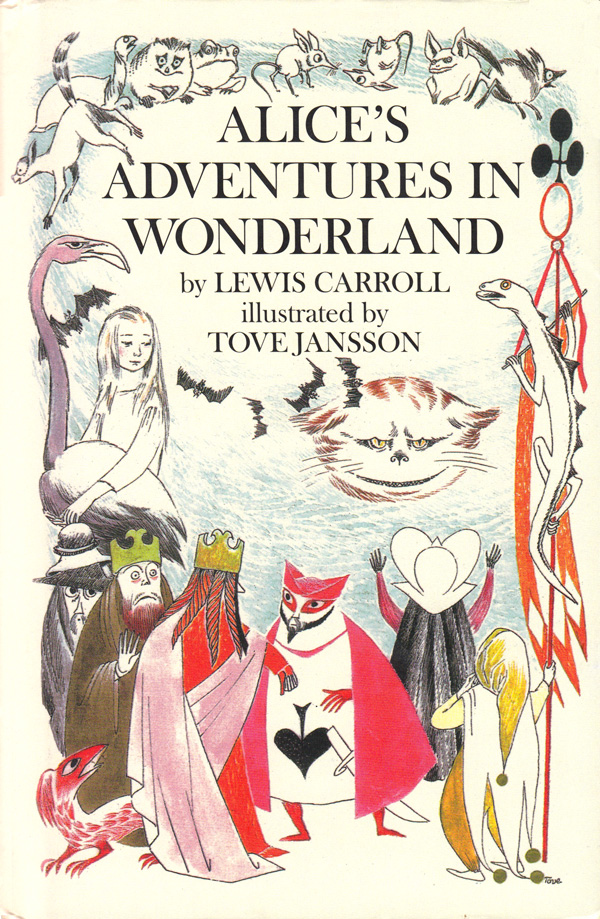 As a lifelong lover of Lewis Carroll’s Alice in Wonderland, I was thrilled to discover one of its most glorious creative permutations over the past century and a half came from none other than beloved Swedish-speaking Finnish artist Tove Jansson. In 1959, three years before the publication of her gorgeous illustrations for The Hobbit and nearly two decades after her iconic Moomin characterswere born, Jansson was commissioned to illustrate a now-rare Swedish edition ofAlice’s Adventures in Wonderland (public library), crafting a sublime fantasy experience that fuses Carroll’s Wonderland with Jansson’s Moomin Valley. The publisher, Åke Runnquist, thought Jansson would be a perfect fit for the project, as she had previously illustrated a Swedish translation of Carroll’s The Hunting of the Snark — the 1874 book in which the word “snark” actually originated — at Runnquist’s own request.
As a lifelong lover of Lewis Carroll’s Alice in Wonderland, I was thrilled to discover one of its most glorious creative permutations over the past century and a half came from none other than beloved Swedish-speaking Finnish artist Tove Jansson. In 1959, three years before the publication of her gorgeous illustrations for The Hobbit and nearly two decades after her iconic Moomin characterswere born, Jansson was commissioned to illustrate a now-rare Swedish edition ofAlice’s Adventures in Wonderland (public library), crafting a sublime fantasy experience that fuses Carroll’s Wonderland with Jansson’s Moomin Valley. The publisher, Åke Runnquist, thought Jansson would be a perfect fit for the project, as she had previously illustrated a Swedish translation of Carroll’s The Hunting of the Snark — the 1874 book in which the word “snark” actually originated — at Runnquist’s own request.
When Runnquist received her finished illustrations in the fall of 1966, he immediately fired off an excited telegram to Jansson: “Congratulations for Alice— you have produced a masterpiece.”
What an understatement.
In 2011, London’s Tate Museum published an English edition of Janssen’s Alice, but copies of that are also scarce outside the U.K. Luckily, this gem can still be found in some public libraries and, occasionally, online.
Complement it with the story of Alice Liddell, the real-life little girl who inspired Carroll’s Wonderland.
---
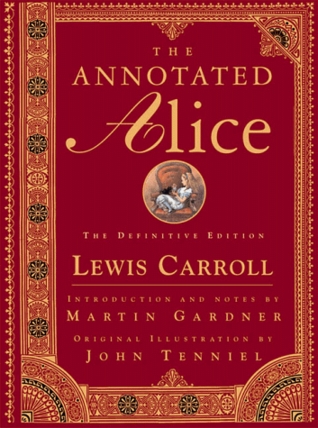 On July 4, 1862, a young mathematician by the name of Charles Dodgson, better-known asLewis Carroll, boarded a boat with a small group, setting out from Oxford to the nearby town of Godstow, where the group was to have tea on the river bank. The party consisted of Carroll, his friend Reverend Robinson Duckworth, and the three little sisters of Carroll’s good friend Harry Liddell — Edith (age 8), Alice (age 10), and Lorina (age 13). Entrusted with entertaining the young ladies, Dodgson fancied a story about a whimsical world full of fantastical characters, and named his protagonist Alice. So taken was Alice Liddell with the story that she asked Dodgson to write it down for her, which he did when he soon sent her a manuscript under the title of Alice’s Adventures Under Ground.
On July 4, 1862, a young mathematician by the name of Charles Dodgson, better-known asLewis Carroll, boarded a boat with a small group, setting out from Oxford to the nearby town of Godstow, where the group was to have tea on the river bank. The party consisted of Carroll, his friend Reverend Robinson Duckworth, and the three little sisters of Carroll’s good friend Harry Liddell — Edith (age 8), Alice (age 10), and Lorina (age 13). Entrusted with entertaining the young ladies, Dodgson fancied a story about a whimsical world full of fantastical characters, and named his protagonist Alice. So taken was Alice Liddell with the story that she asked Dodgson to write it down for her, which he did when he soon sent her a manuscript under the title of Alice’s Adventures Under Ground.
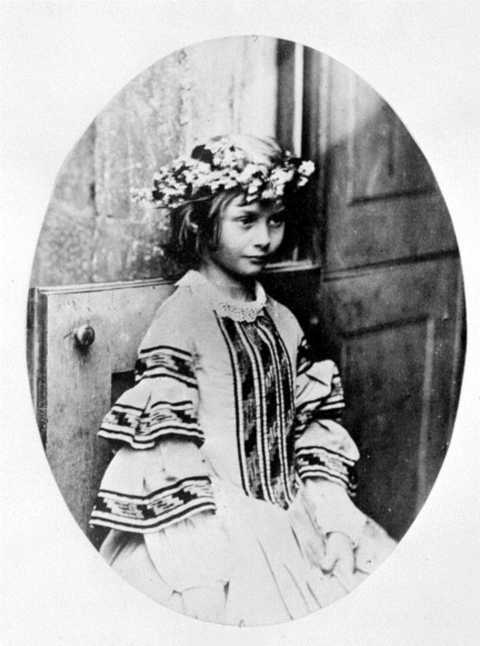
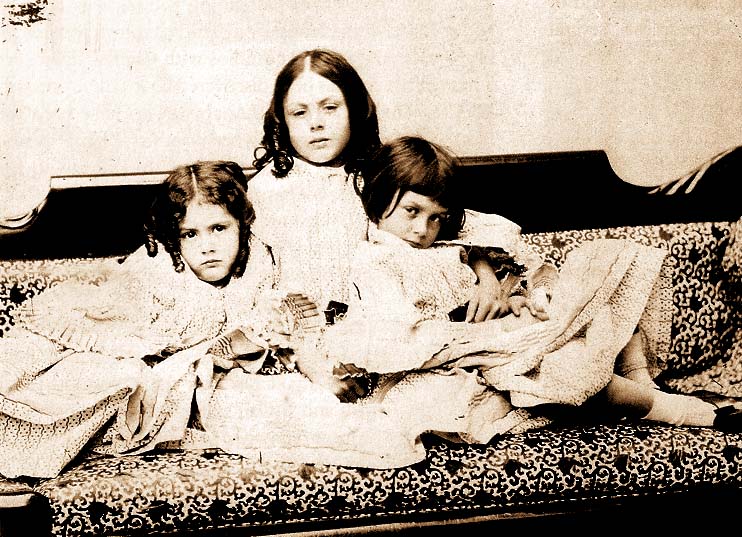
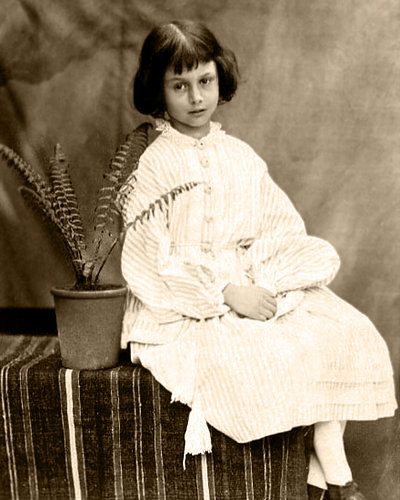
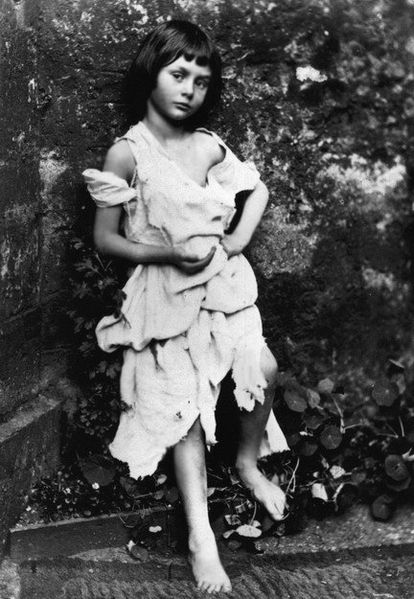
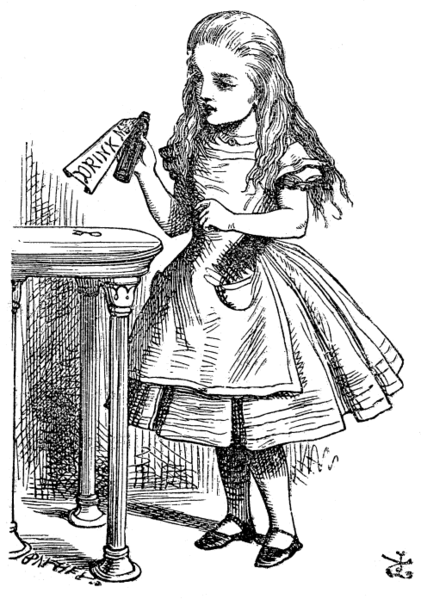
---
Meet the Real Alice: How the Story of Alice in Wonderland Was Born
by Maria Popova
“What is the use of a book,” thought Alice, “without pictures or conversations!”
 On July 4, 1862, a young mathematician by the name of Charles Dodgson, better-known asLewis Carroll, boarded a boat with a small group, setting out from Oxford to the nearby town of Godstow, where the group was to have tea on the river bank. The party consisted of Carroll, his friend Reverend Robinson Duckworth, and the three little sisters of Carroll’s good friend Harry Liddell — Edith (age 8), Alice (age 10), and Lorina (age 13). Entrusted with entertaining the young ladies, Dodgson fancied a story about a whimsical world full of fantastical characters, and named his protagonist Alice. So taken was Alice Liddell with the story that she asked Dodgson to write it down for her, which he did when he soon sent her a manuscript under the title of Alice’s Adventures Under Ground.
On July 4, 1862, a young mathematician by the name of Charles Dodgson, better-known asLewis Carroll, boarded a boat with a small group, setting out from Oxford to the nearby town of Godstow, where the group was to have tea on the river bank. The party consisted of Carroll, his friend Reverend Robinson Duckworth, and the three little sisters of Carroll’s good friend Harry Liddell — Edith (age 8), Alice (age 10), and Lorina (age 13). Entrusted with entertaining the young ladies, Dodgson fancied a story about a whimsical world full of fantastical characters, and named his protagonist Alice. So taken was Alice Liddell with the story that she asked Dodgson to write it down for her, which he did when he soon sent her a manuscript under the title of Alice’s Adventures Under Ground.
Alice Liddell, age 7, photographed by Charles Dodgson (Lewis Carroll) in 1860

Alice Liddell (right) with her sisters circa 1859, photographed by Lewis Carroll

Alice Liddell, age 7, photographed by Charles Dodgson (Lewis Carroll) in 1860
Historian Martin Gardner writes in The Annotated Alice (public library), originally published in 1960 and revised in a definite edition in 1999:
A long procession of charming little girls (we know today that they were charming from their photographs) skipped through Carroll’s life, but none ever took the place of his first love, Alice Liddell. ‘I have had some scores of child-friends since your time,’ he wrote to her after her marriage, ‘but they have been quite a different thing.’

Liddell dressed up as a beggar-maid, photographed by Lewis Carroll (1858)
The manuscript also made its way to George MacDonald, and idol of Dodgson’s, who had the perfect litmus test for the story’s merit: He read it to his own children, who single-mindedly loved it. Encouraged, Dodgson revised the story for publication, retitling it to Alice’s Adventures in Wonderland and adding the now-famous scene of the Mad Hatter’s tea party and the character of the Cheshire Cat for a grand total nearly twice as long as the manuscript he’d originally sent to Alice Liddell.

John Tenniel's original illustrations of Alice
In 1865, John Tenniel illustrated the story and it was published in its earliest version. Gardner recounts this curious anecdote of the collaboration:
Tenniel’s pictures of Alice are not pictures of Alice Liddell, who had dark hair cut short with straight bangs across her forehead. Carroll sent Tenniel a photograph of Mary Hilton Badcock, another child-friend, recommending that he use her for a model, but whether Tenniel accepted that advice is a matter of dispute. That he did not is strongly suggested by these lines from a letter Carroll wrote sometime after bothAlice books had been published…‘Mr. Tenniel is the only artist, who has drawn for me, who has resolutely refused to use a model, and declared he no more need one than I should need a multiplication table to work a mathematical problem! I venture to think that he was mistaken and that for want of a model, he drew several pictures of ‘Alice’ entirely out of proportion — head decidedly too large and feet decidedly too small.’
For more Alice gold, see Alice in Wonderland and Philosophy, Salvador Dalí’s1969 illustrations for the Carroll classic, a pop-up adaptation of it, and some gorgeous illustrated interpretations by Yayoi Kusama, Leonard Weisgard, andLisbeth Zwerger.
---
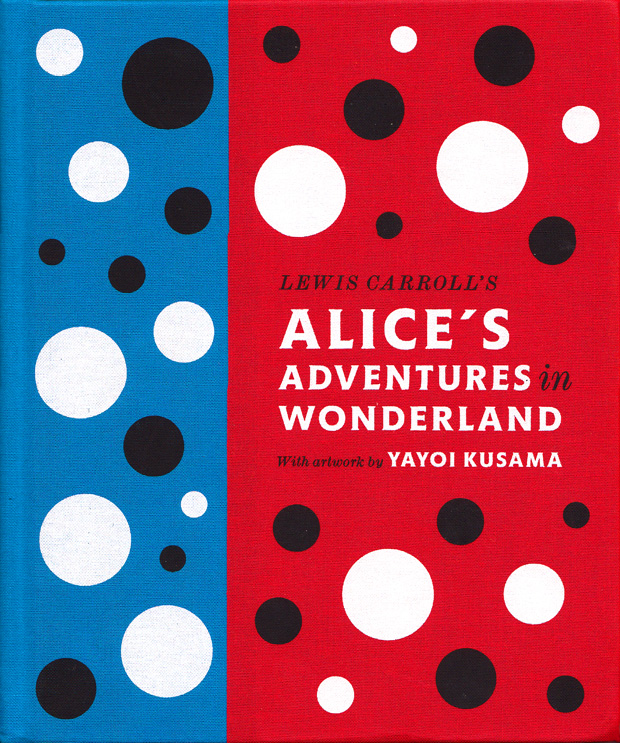 Alice’s Adventures in Wonderland and Through the Looking Glass endure as some of history’smost beloved children’s storytelling, full of timeless philosophy for grown-ups and inspiration for computing pioneers. The illustrations that have accompanied Lewis Carroll’s classics over the ages have become iconic in their own right, from Leonard Weisgard’s stunning artwork for the first color edition of the book to Salvador Dali’s little-known but breathtaking version. Now, from Penguin UK and Yayoi Kusama, Japan’s most celebrated contemporary artist, comes a striking contender for the most visually captivating take on Alice’s Adventures in Wonderland yet.
Alice’s Adventures in Wonderland and Through the Looking Glass endure as some of history’smost beloved children’s storytelling, full of timeless philosophy for grown-ups and inspiration for computing pioneers. The illustrations that have accompanied Lewis Carroll’s classics over the ages have become iconic in their own right, from Leonard Weisgard’s stunning artwork for the first color edition of the book to Salvador Dali’s little-known but breathtaking version. Now, from Penguin UK and Yayoi Kusama, Japan’s most celebrated contemporary artist, comes a striking contender for the most visually captivating take on Alice’s Adventures in Wonderland yet.
---
Yayoi Kusama, Japan’s Most Celebrated Contemporary Artist, Illustrates Alice in Wonderland
by Maria Popova
Down the rabbit hole in colorful dots, twisted typography, and strange eye conditions.
 Alice’s Adventures in Wonderland and Through the Looking Glass endure as some of history’smost beloved children’s storytelling, full of timeless philosophy for grown-ups and inspiration for computing pioneers. The illustrations that have accompanied Lewis Carroll’s classics over the ages have become iconic in their own right, from Leonard Weisgard’s stunning artwork for the first color edition of the book to Salvador Dali’s little-known but breathtaking version. Now, from Penguin UK and Yayoi Kusama, Japan’s most celebrated contemporary artist, comes a striking contender for the most visually captivating take on Alice’s Adventures in Wonderland yet.
Alice’s Adventures in Wonderland and Through the Looking Glass endure as some of history’smost beloved children’s storytelling, full of timeless philosophy for grown-ups and inspiration for computing pioneers. The illustrations that have accompanied Lewis Carroll’s classics over the ages have become iconic in their own right, from Leonard Weisgard’s stunning artwork for the first color edition of the book to Salvador Dali’s little-known but breathtaking version. Now, from Penguin UK and Yayoi Kusama, Japan’s most celebrated contemporary artist, comes a striking contender for the most visually captivating take on Alice’s Adventures in Wonderland yet.
Since childhood, Kusama has had a rare condition that makes her see colorful spots on everything she looks at. Her vision, both literally and creatively, is thus naturally surreal, almost hallucinogenic. Her vibrant artwork, sewn together in a magnificent fabric-bound hardcover tome, becomes an exquisite embodiment of Carroll’s story and his fascination with the extraordinary way in which children see and explore the ordinary world.
A breathtaking piece of visual philosophy to complement Carroll’s timeless vision, Kusama’s Alice’s Adventures in Wonderland is the latest affirmation of what appears to be the season of exceptionally beautiful books.
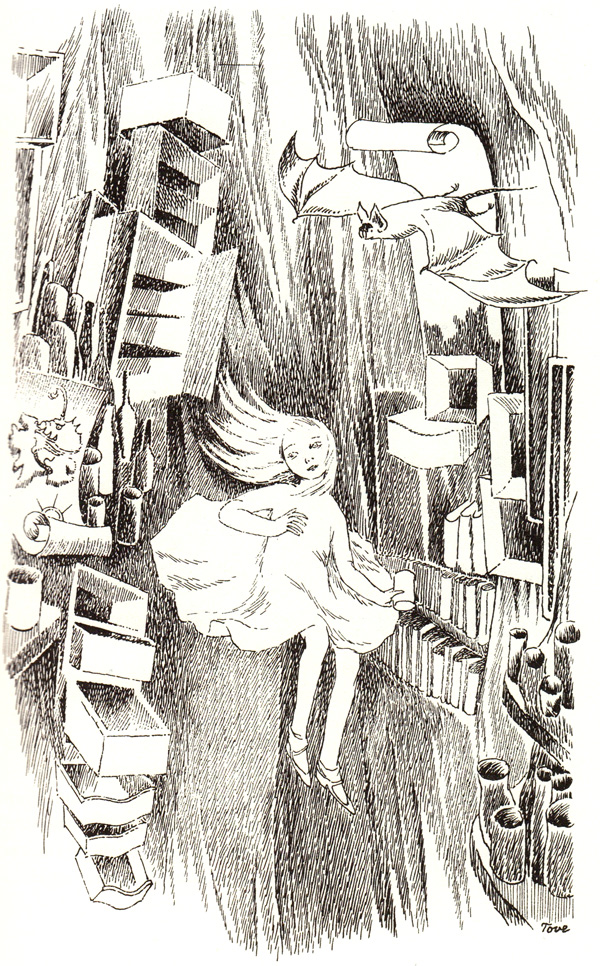
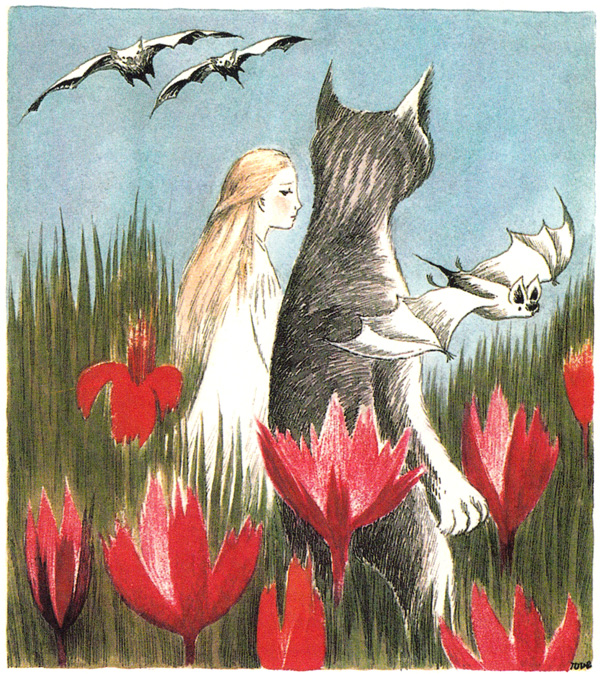
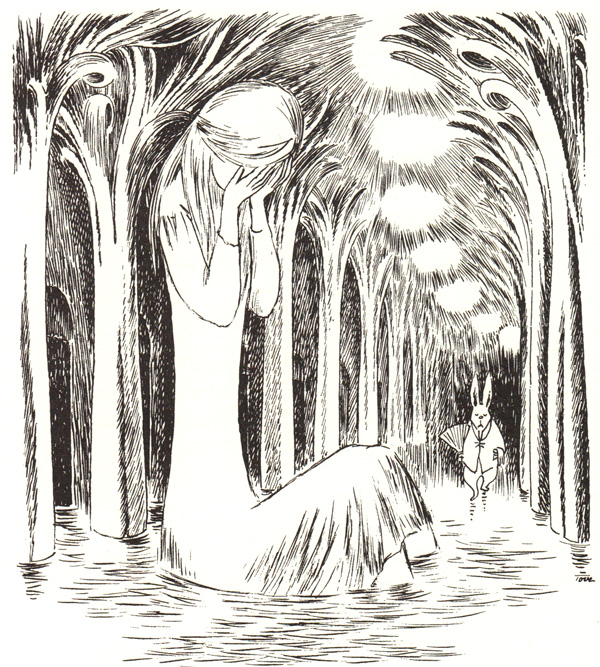
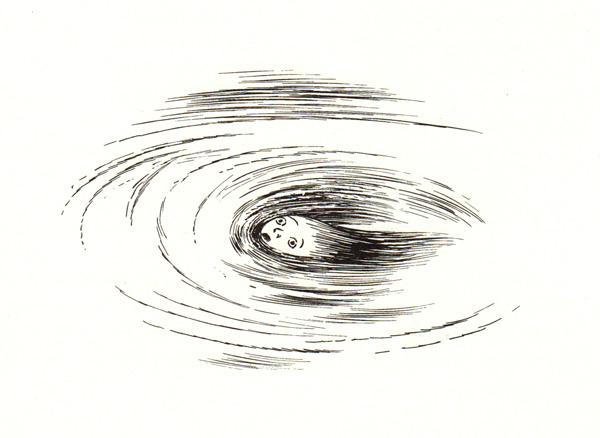
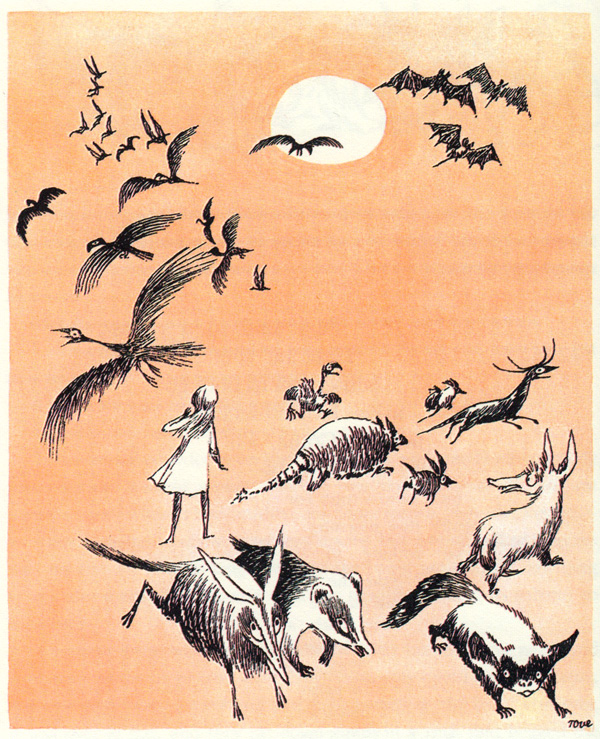
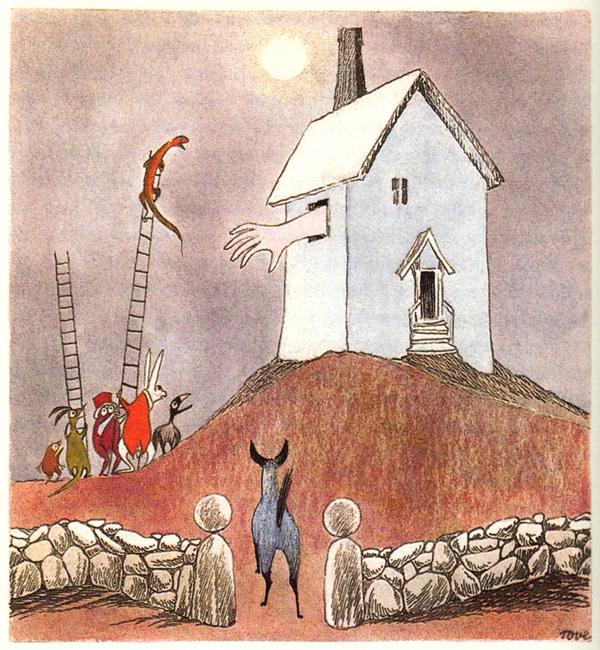
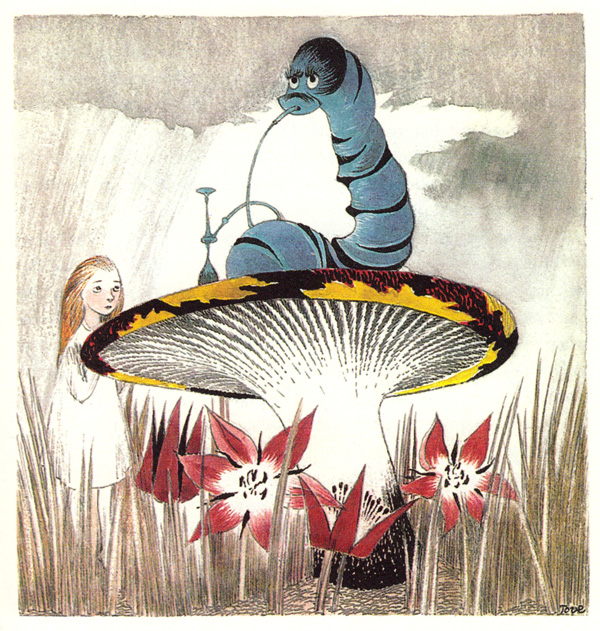
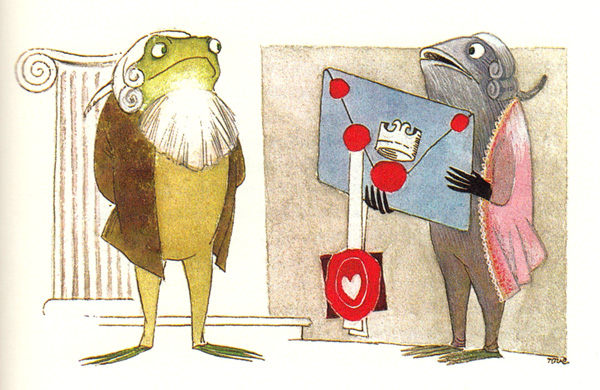
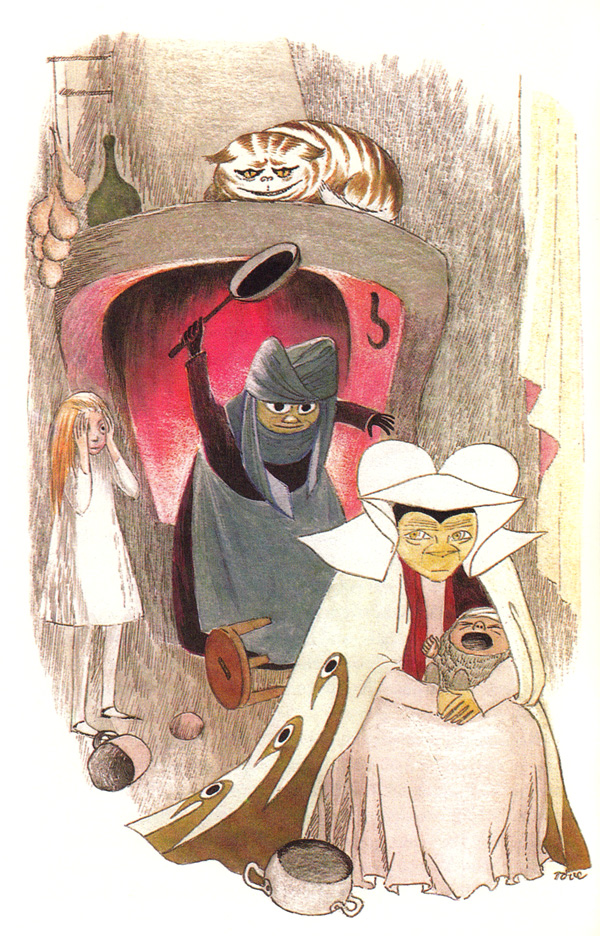
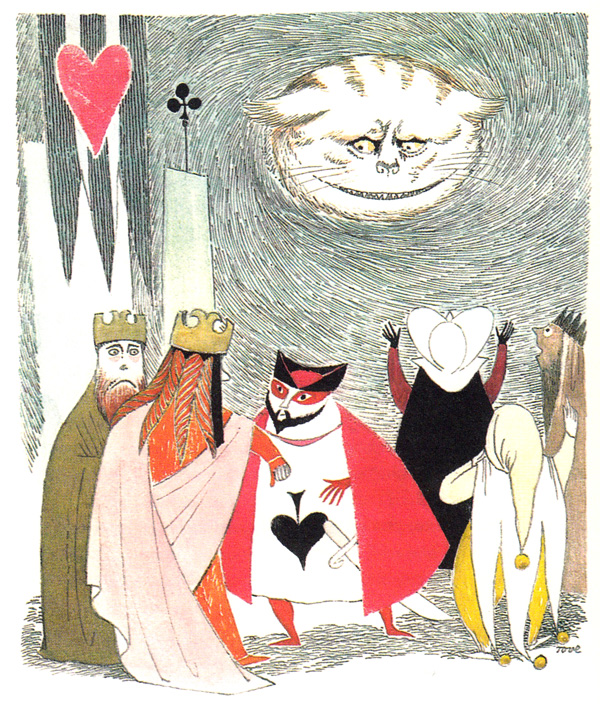
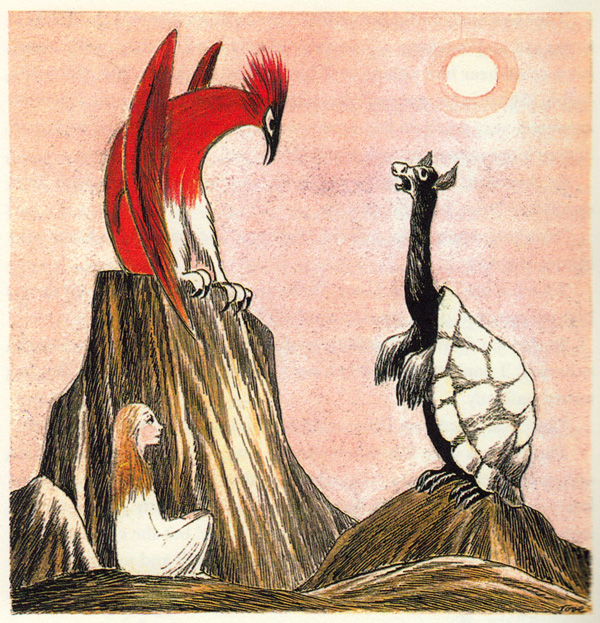
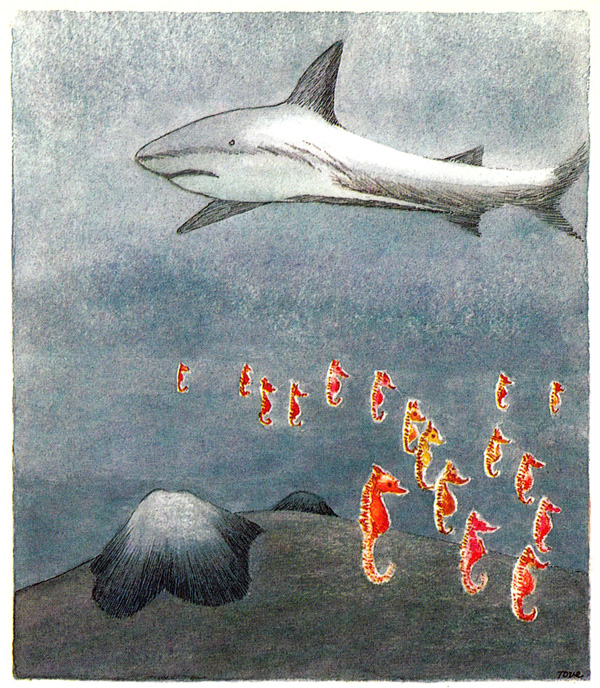
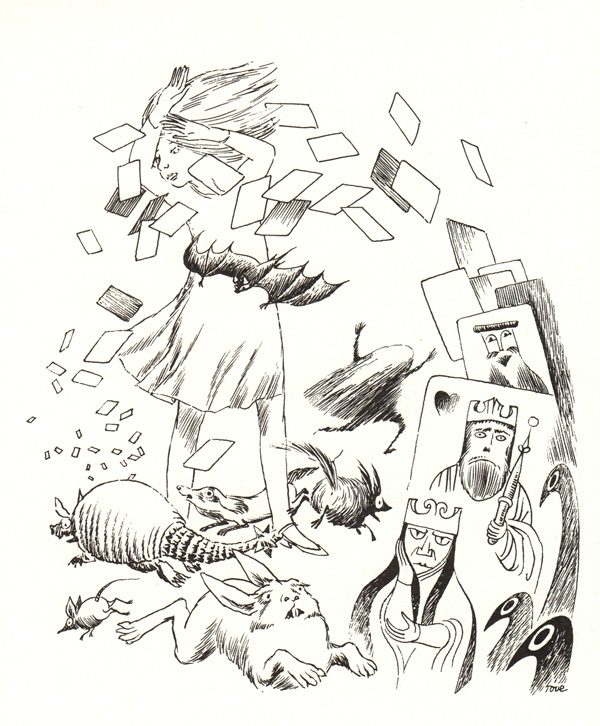
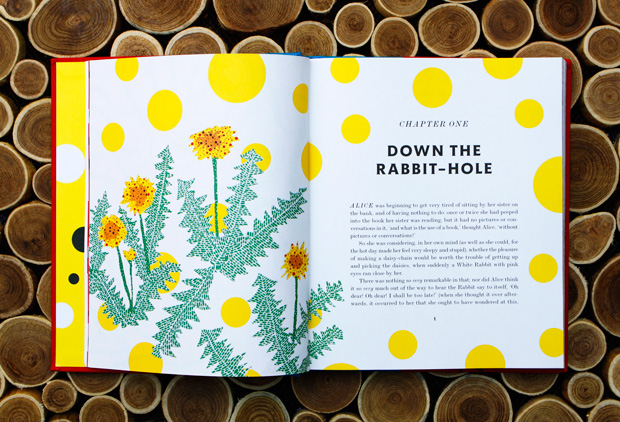
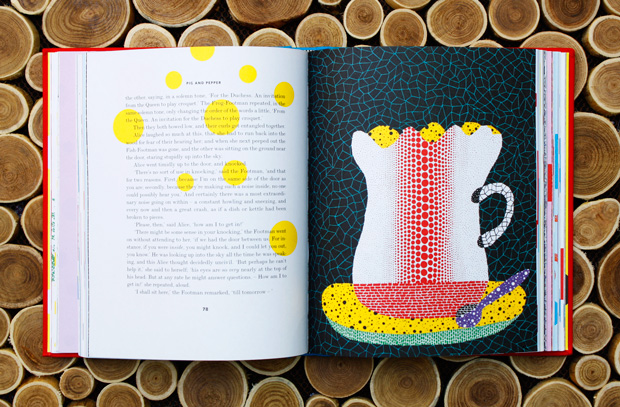
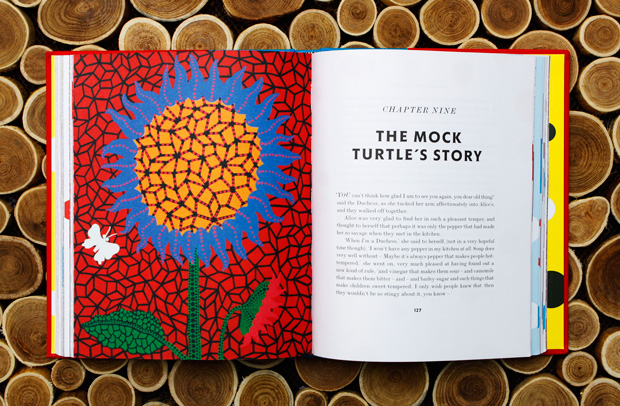
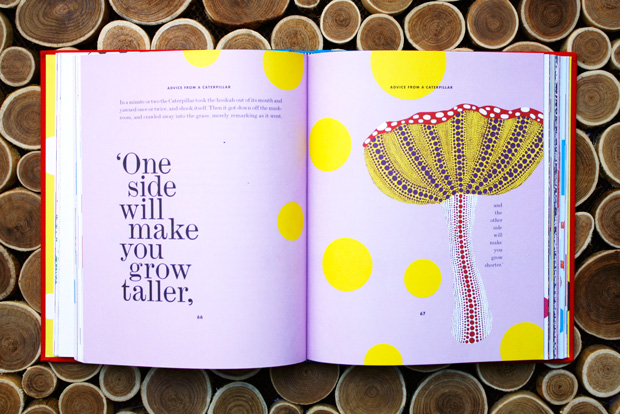
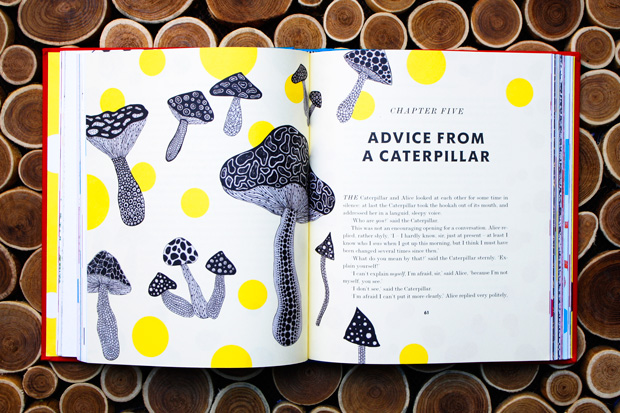
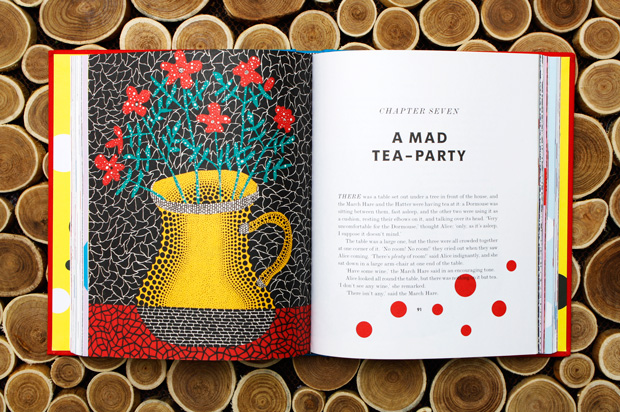
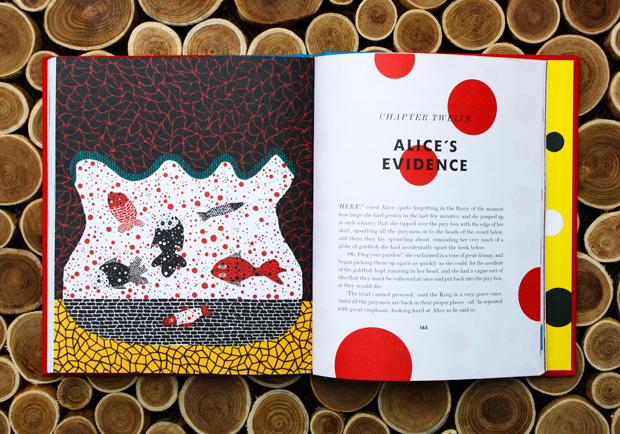
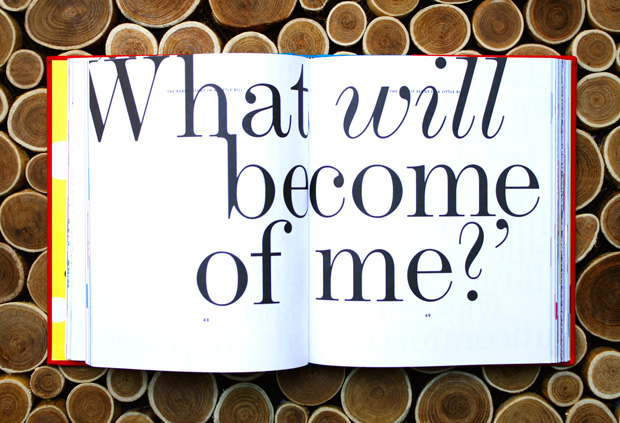
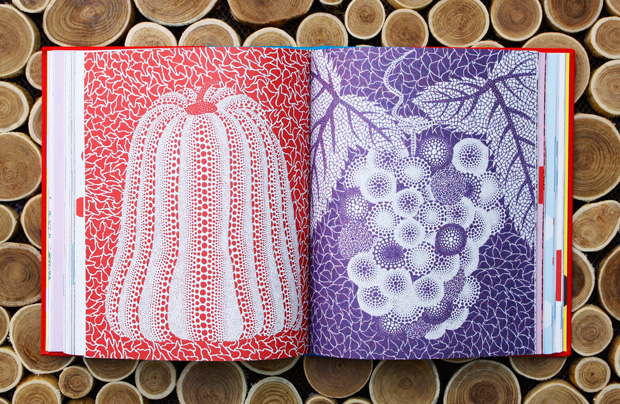
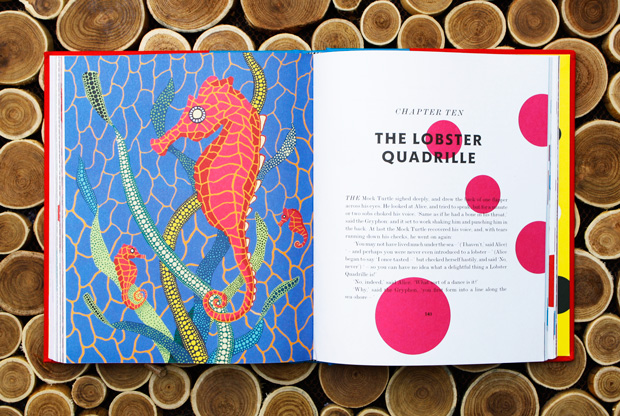
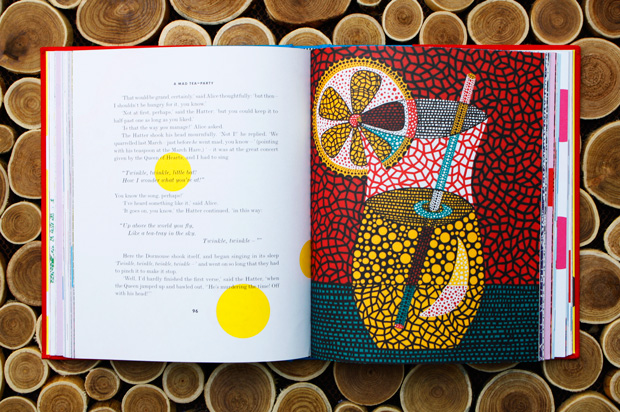
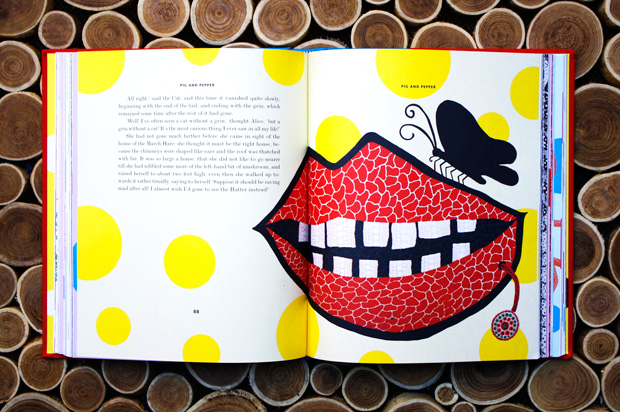
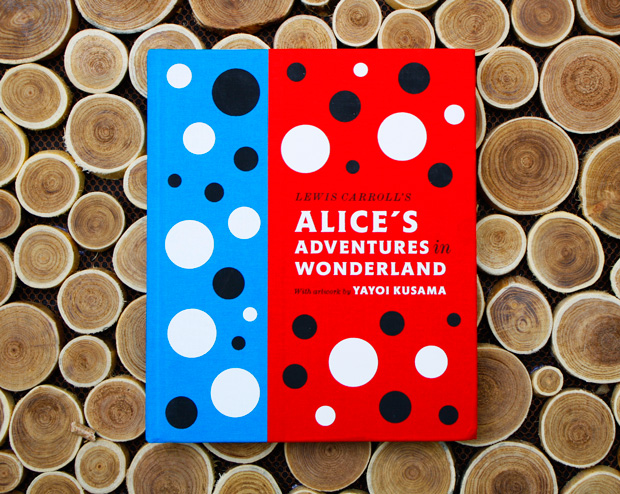
No comments:
Post a Comment
Note: Only a member of this blog may post a comment.